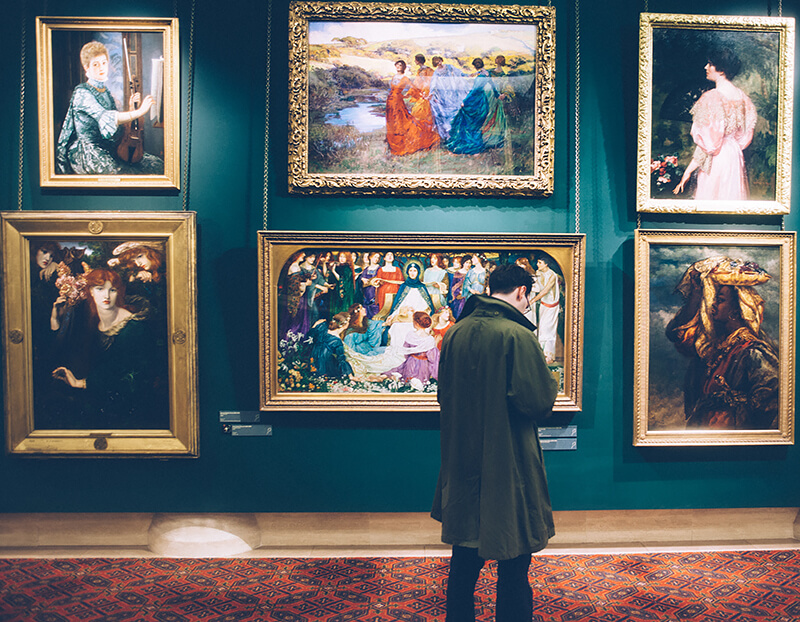Title of Artwork: “Portrait of Madame Moitessier Sitting”

Artwork by Jean Auguste Dominique Ingres
Year Created 1856
Summary of Portrait of Madame Moitessier Sitting
Marie-Clotilde-Inès Moitessier (née de Foucauld) was the subject of Jean-Auguste-Dominique Ingres’s Madame Moitessier, which was completed in 1856. National Gallery in London now houses a portrait of Madame Moitessier, who is seated. Another portrait by Ingres, Madame Moitessier, was painted in 1851 and is now on display at the National Gallery of Art in Washington, DC.
All About Portrait of Madame Moitessier Sitting
Mother: Marie-Cloydda-Inès de Foucauld (1821–1897) was the daughter of an official in France’s Forestry and Waterways Department. She married a wealthy banker and lace merchant, Sigisbert Moitessier, in 1842, and became known as Madame Moitessier, a title she held until her death. Through an intermediary, Ingres was contacted in 1844 with the idea of painting her portrait.
In the early stages of his career, he was reluctant to accept portrait commissions because he saw them as a lower form of art than history painting, and so he initially turned down Sigisbert’s request for assistance. The Junoesque beauty of Madame Moitessier, on the other hand, compelled Ingres to agree to paint her.
As for the seated version, he got to work on it, which was originally going to include Catherine Moitessier. The commission was moving slowly. After deeming Catherine “impossible” Ingres removed her from the painting in 1847. As a result of Ingres’s inability to work for several months following the death of his wife in June 1849, as well as Madame Moitessier’s second pregnancy and the death of her father, work on the painting was put on hold in 1849. Since his portrait of “the beautiful and good” had not yet been completed when she reminded him of it in June 1851, Ingres re-started work on it and completed it in December of that year. His next project was an 1856 portrait of himself seated.
For Madame Moitessier, Ingres drew on the art of the past, as he always does. Possibly inspired by an engraving of Hercules and Telephus from Herculaneum that he had seen in Naples around 1814, the artist’s hand is resting on his cheek. Titian’s painting, Portrait of a Lady, is thought to be the inspiration for the reflection in the mirror.
For both portraits, there are numerous drawn studies. The Musée Ingres in Montauban houses a canvas study for the seated portrait, in which the figure was drawn by Ingres and the background was painted by an assistant.
Information Citations
En.wikipedia.org, https://en.wikipedia.org/.























